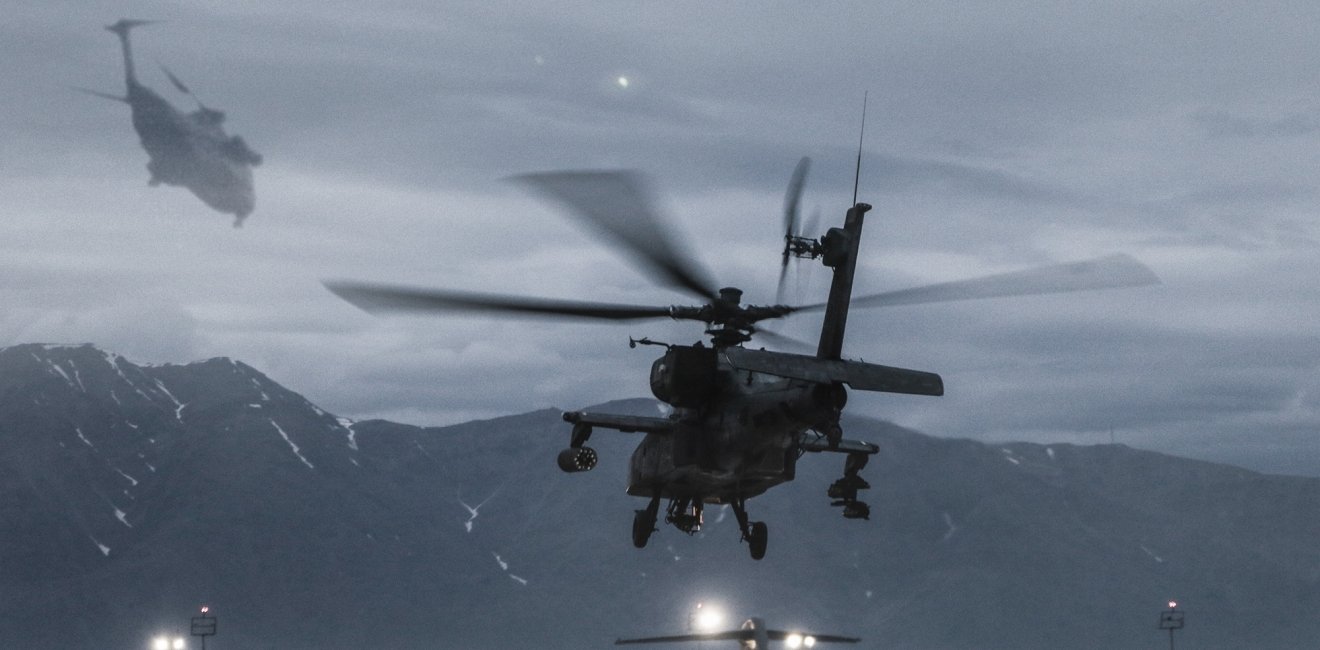
A blog of the Indo-Pacific Program
The U.S. military has completed the withdrawal of nearly all combat forces from Afghanistan — quickly, almost secretly, and ahead of schedule. After twenty years of high-intensity conflict, America’s longest war is suddenly over. A few hundred soldiers will stay behind to help guard the U.S. Embassy, the diplomats will remain, and a small number of contractors are expected to continue assistance to Afghan military units, particularly the air force. The United States has pledged to continue to aid the Afghan government and military with money, equipment and advice. But to the surprise of no one, the position of Afghan government forces is already starting to unravel in the face of Taliban attacks in some parts of the country.
For those of a certain age, including President Biden, all of this is eerily reminiscent of how America’s previous longest war — the Vietnam War — evolved and ultimately ended in 1975. The parallels, as well as the differences, are illuminating. First, the parallels:
- In both Vietnam and Afghanistan, Washington effectively intervened in an ongoing civil war because it saw one of the protagonists as a threat to important American security interests. The communist regime in North Vietnam and its proxies in South Vietnam were seen as instruments of communist global ambitions orchestrated by Moscow and Beijing. The Taliban regime in Kabul was seen as deeply complicit in the 9/11 attacks on New York and Washington, and the willing handmaiden of an international Islamist terrorist movement. In both cases, the United States intervened on the side of the weaker protagonist (South Vietnam’s Diem regime in Vietnam and the Northern Alliance and other anti-Taliban resistance forces in Afghanistan). In both cases, U.S. expectation was that American resources and firepower would decisively shift the balance in favor of pro-western forces. In both cases, it did not happen.
- In both Vietnam and Afghanistan, the United States became trapped in an increasingly lengthy and expensive effort to transform local partners into American analogs. It is called “nation building.” In both cases, this effort left the adversary (the Vietnamese communists and the Taliban) effectively untouched. The net effect was that local U.S. partners became dependent on American assistance whereas their adversaries sustained themselves with indigenous resources and support.
- In both wars, the United States ended up negotiating a supposed peace settlement directly with their battlefield adversaries and the U.S. partner governments were left out of the process. In both Saigon and Kabul, the sense of betrayal was palpable. In both cases the signed agreements did not require either the Vietnamese communists or the Taliban to withdraw or disarm. Both remained ready to resume hostilities the moment the last U.S. soldier departed.
- In both Vietnam and Afghanistan, the U.S. government promised continued economic and military support even as the United States moved offshore.In Vietnam, those pledges quickly proved hollow as the Congress, following public opinion, refused the necessary legislative authority. Within weeks the North Vietnamese flag was flying over Saigon.
It is too early to say whether a similar dire scenario will play out over Kabul, but the signs are already there. That said, there are some significant differences between Vietnam and Afghanistan. Perhaps most important, Vietnam is a highly homogenous country with one dominant ethnic group, the Vietnamese. North Vietnam was a tightly organized, highly disciplined actor. Its proxy forces in the south (the National Liberation Front) took and followed orders from Hanoi. Afghanistan is the opposite. It is comprised of quite distinct ethnic populations with their own identities and loyalties. The largest group, the Pashtuns, comprise about forty percent of the total population. The Taliban are largely Pashtun. That leaves Tajiks, Hazaras, Uzbeks, Turkmens and myriad others outside the tent. In its long and tumultuous history, Afghanistan has never had a central government with effective control over the entire country.
As one former commander of U.S. forces in Afghanistan recently observed, the U.S. withdrawal won’t end the civil war; it will continue in a new form.
When the North Vietnamese army occupied Saigon, and Hanoi imposed its rule, the results were not pretty, but it was orderly and the fighting stopped. Afghanistan will look very different. As one former commander of U.S. forces in Afghanistan recently observed, the U.S. withdrawal won’t end the civil war; it will continue in a new form. Already, the government in Kabul has resorted to a desperate stratagem of shipping weapons to regions and towns (many non-Pashtun) to enable them to create local anti-Taliban militias. Grizzled war lords have been reassembling their former fighting units. And other governments in the broader region will be tempted to intervene on behalf of co-ethnics and co-religionists.
There is another interesting contrast. After a decade of bitter fighting, the United States and Vietnam were deeply estranged. After Vietnam’s 1979 invasion of Cambodia, the United States applied sanctions and supported Cambodian resistance fighters who bloodied Vietnamese forces for another ten years. But, by the early 1990s, Hanoi and Washington had begun a wary rapprochement. That has blossomed into a robust and even cordial economic, diplomatic, and military partnership. There is a reason for this — fear and anger regarding China’s aggressive behavior, particularly in the South China Sea. And the Vietnamese have not forgotten myriad Chinese invasions of Vietnam over millennia, the most recent in 1979.Ties between Hanoi and Washington are both strengthened and complicated by the presence of over two million Vietnamese refugees and their descendants living in the United States.
It is nearly impossible to imagine a postwar relationship between the United States and a Taliban-ruled Afghanistan that will look anything like this. More likely, for America, Afghanistan will be out of sight and out of mind.
Follow the Asia Program on Twitter @AsiaProgram. or join us on Facebook.
Follow the Korea Center on Twitter @Korea_Center or on Instagram at @wilsoncenterkorea.
The views expressed are the author's alone, and do not represent the views of the U.S. Government or the Wilson Center. Copyright 2020, Asia Program. All rights reserved.
Author

Adjunct Professor, Johns Hopkins University; Former Professor of National Security Policy, National War College and Deputy Staff Director, Senate Select Committee on Intelligence

Indo-Pacific Program
The Indo-Pacific Program promotes policy debate and intellectual discussions on US interests in the Asia-Pacific as well as political, economic, security, and social issues relating to the world’s most populous and economically dynamic region. Read more





